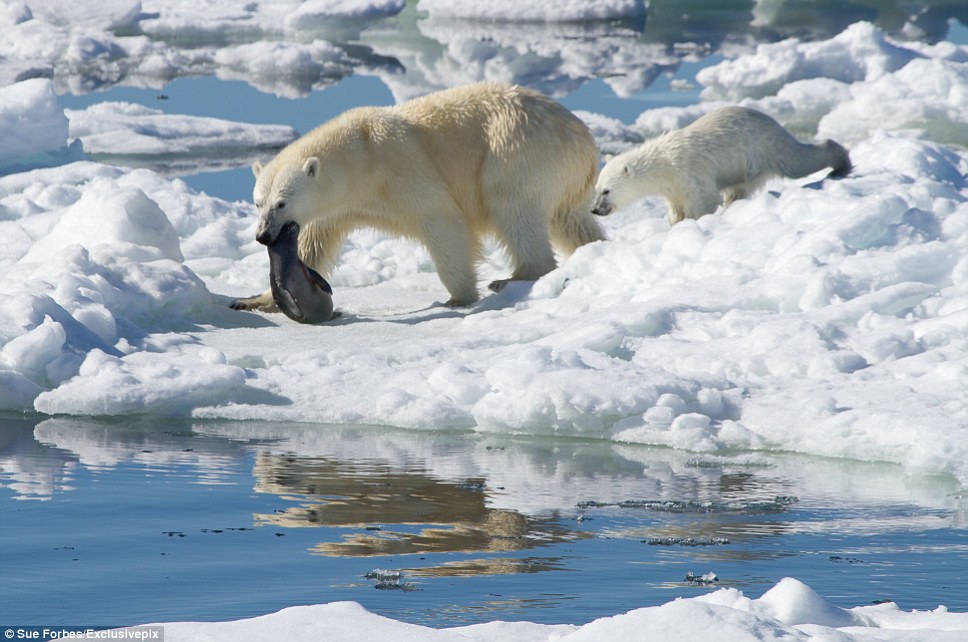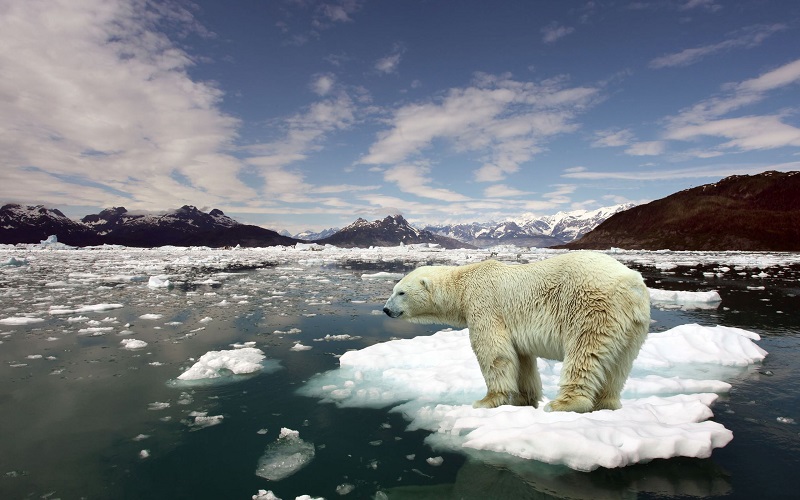Photographer Paul Nicklen and filmmakers from conservation group Sea Legacy captured a heartbreaking sight on Somerset Island: a starving polar bear on its deathbed. This dying polar bear was foraging for food on an iceless land.
They filmed the bear’s slow, beleaguered death and posted the video online. “When scientists say bears are going extinct, I want people to realize what it looks like. Bears are going to starve to death,” said Nicklen. They want to “use the power of storytelling to create the change we want to see”.

Climate change is threatening to land mammals nowadays. As animals that live only in Arctic regions, they’re often the first to feel the impacts of warming temperatures and rising sea levels. Loss of Arctic sea ice due to climate change is the primary threat to polar bears. Their habitat and hunting ground melts and declines as the temperature gets warmer.If there is no ice, they cannot catch seals, and there is no terrestrial food that will sustain polar bears. Lack of sea ice makes it more difficult for polar bears to find food, leaving them vulnerable to extinction in coming decades.

The image of the polar bear was taken by wildlife photographer Sue Forbes.
A World Wildlife Fund report predicted that climate change could eventually lead to polar bear endangerment or extinction. A warmer future means polar bears will have less and less access to their prey, therefore the rate at which bears die from starvation will increase. If the trend of sea ice decline continues to happen at a rate of about 13 percent a decade, polar bears would suffer from a loss of habitat and consequently food. According to the United Nations’ Intergovernmental Panel on Climate Change (IPCC), ice coverage is likely to fall below one million square kilometres by 2050. If there’s not enough ice, we won’t have bears. These bears will become leaner and fewer cubs will be born and survive.

Source: Flickr
Some people argued that all the video shown was a starving polar bear. It was not examined for injury, disease or age. The video did not demonstrate polar bears were dying because of global warming. However, based on the article written by a team of researchers led by Steven C. Amstrup, they used satellite data of sea ice conditions and model projections to predict the status of the world’s polar bears in the future decades and concluded that sea ice habitat will severely impact future polar bear populations. Two-thirds of the current world polar bear population will likely disappear by 2050.
It is true that we don’t know what caused this bear to starve, but we are certain that sea ice will continue to disappear and many bears will starve unless we pay more attention to their declining habitat base, try to reduce more carbon emissions and make action plans to limit climate warming.
By Rain Xia

One response to “The Extinction of Starving Polar Bears”